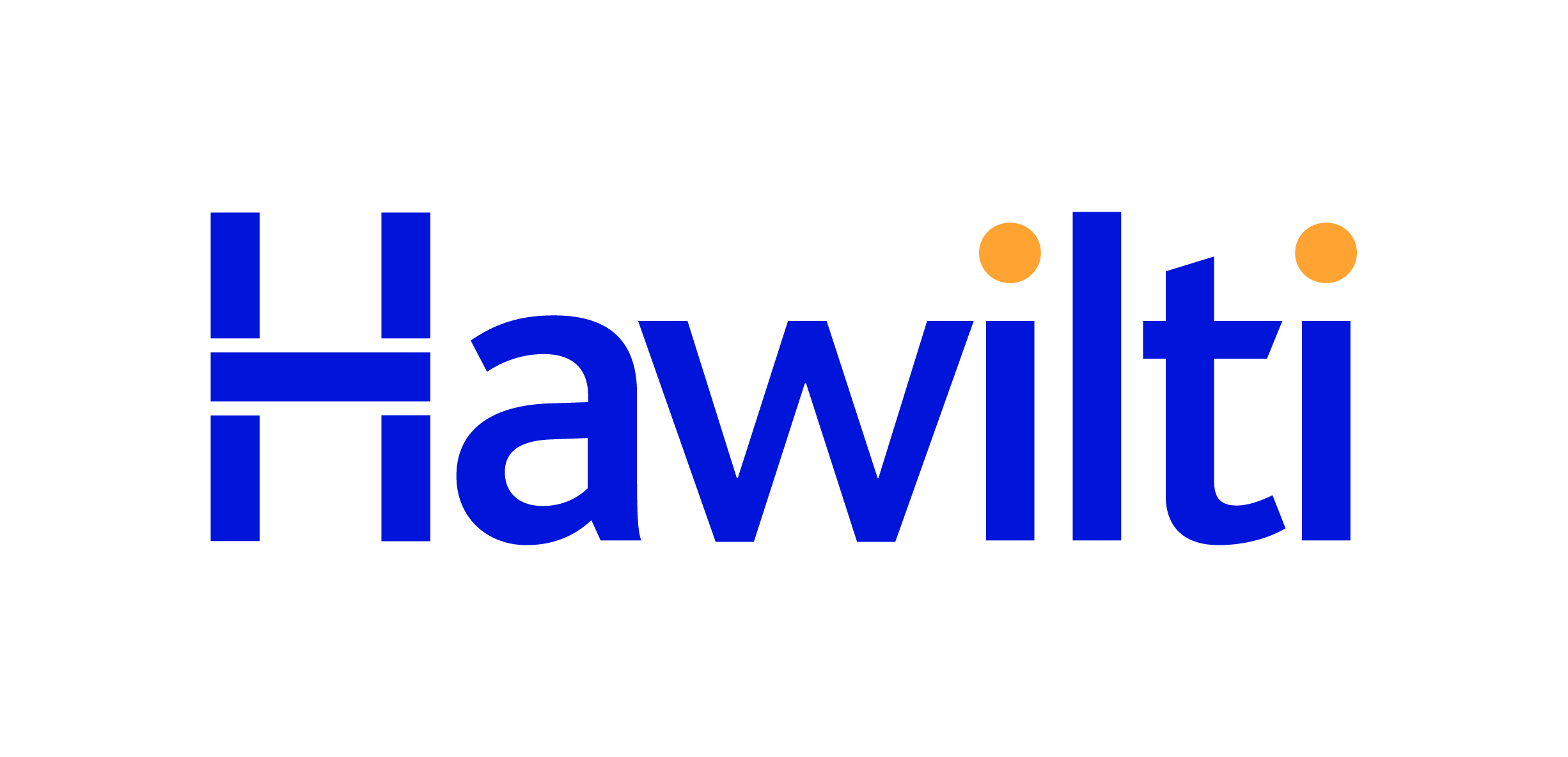Energy
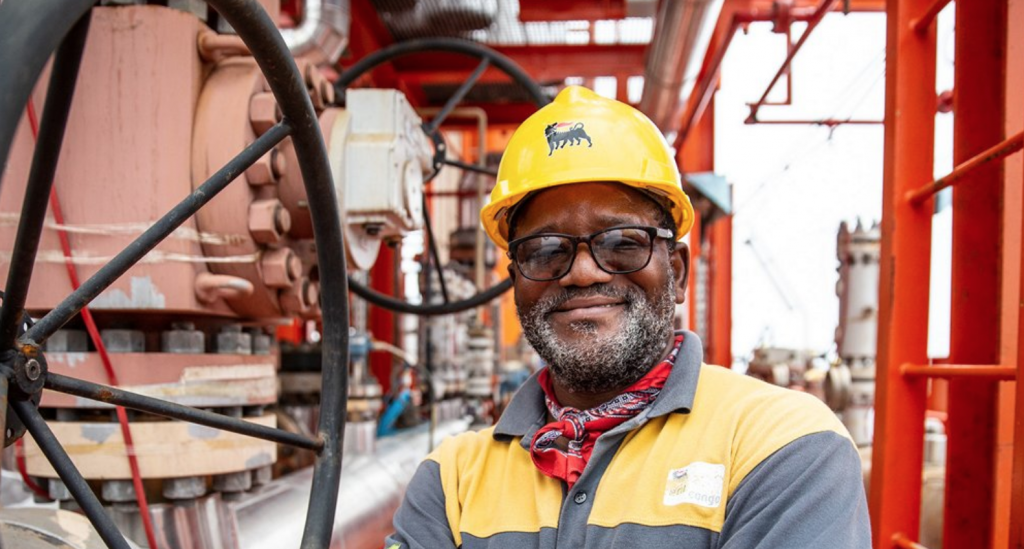
Eni selects New Fortress Energy’s Fast LNG liquefaction technology for Congo FLNG
New Fortress Energy has executed a a Heads of Agreement (HoA) with Eni Congo for the deployment of its Fast LNG liquefaction technology off the coast of the Republic of the Congo for a period of 20 years. Under the agreement, NFE will deploy its innovative “Fast LNG” facility to produce up to 1.4 million metric tons per year of LNG from the associated gas fields of Nene Marine on Block Marine XII. The development of a floating LNG project has been on the table for several years in Congo and is finally gaining traction. A few weeks ago, Eni announced it was seeking to develop the project in two phases with two modular and flexible liquefaction plants. Phase 1 is expected to rely on a near-shore concept while Phase 2 would rely on an offshore concept. The production from Phase 1 is expected to start in Q2 of 2023. The project would both target zero gas flaring but also seek to valorise gas for the domestic power and industrial sectors and for the export market. Last December, NFE had also executed a non-binding Memorandum of Understanding (MoU) with the Islamic Republic of Mauritania for the development of the offshore Banda gas reserves into a new energy hub. Under the MoU signed with the Ministry of Petroleum, Mines and Energy, New Fortress Energy would also deploy its Fast LNG liquefaction technology to produce LNG for Mauritania’s domestic gas and power markets and for exports.
Read more »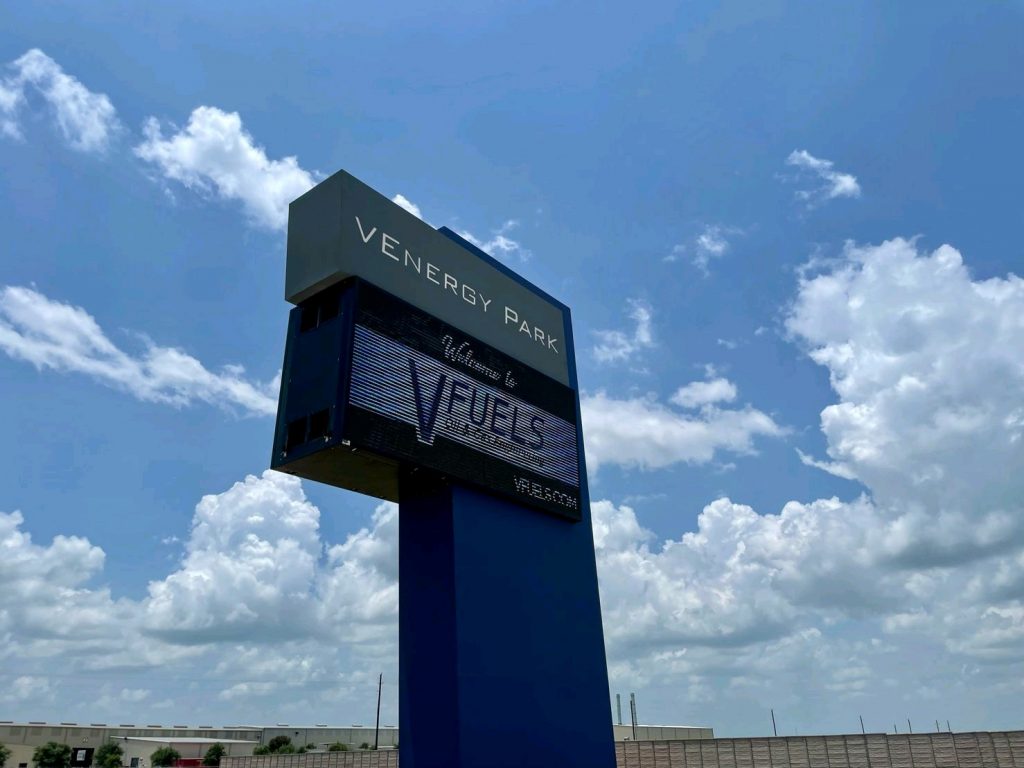
VFuels to offer renewable energy solutions for African oil & gas assets
VFuels LLC, the American oil and gas engineering, design and fabrication firm that has already delivered several modular process equipment on the continent, has entered into a joint-venture agreement with Earth Technologies to develop and install clean energy infrastructure for African oil & gas assets, including refineries. Earth Tehnologies is a renewable energy company with a demonstrated track record in the development, engineering, procurement, construction and consultancy of renewable energy projects. Both companies are maximizing the synergies in their capacities to offer attractive and clean energy solutions for infrastructure owners and operators on the continent. VFuels is a known player in Africa, where it has successfully executed three modular refineries so far. Its first one was commissioned at Ibigwe in Nigeria for Waltersmith Refining & Petrochemical Co. in 2020. The company also recently completed the 10,000 bpd Monrovia Refinery in Liberia for Conex, a Gemcorp portfolio company. It is now at full speed on the construction of the 30,000 bpd Cabinda Refinery in Angola. As VFuels continue to work on expanding Africa’s refining infrastructure, it will now be able to propose clients additional solutions to make their assets more sustainable and reduce greenhouse gas emissions.
Read more »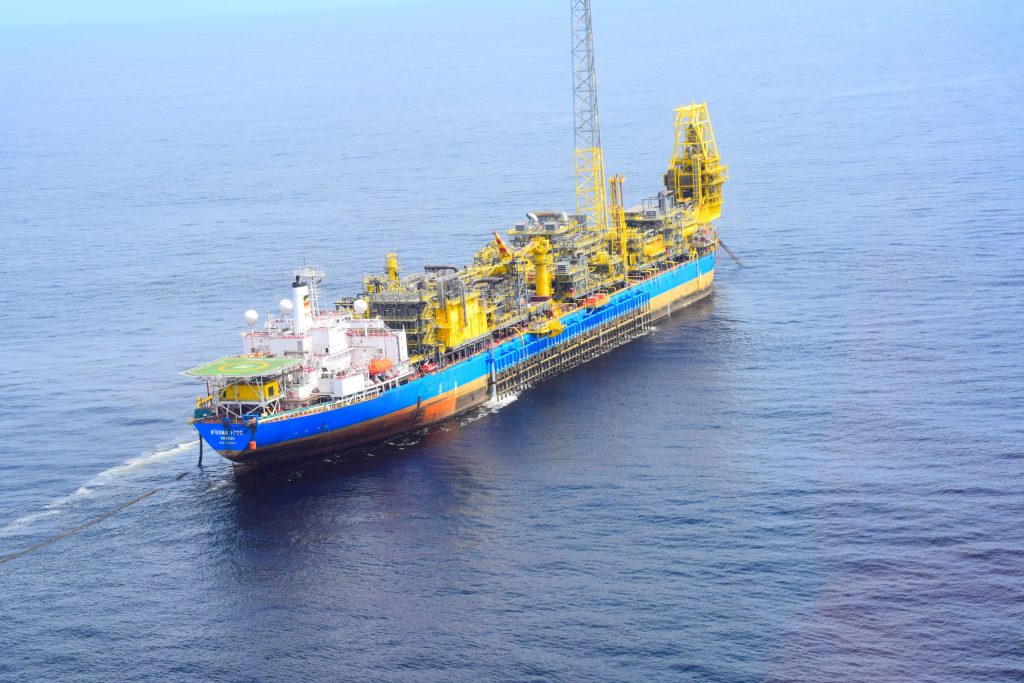
Eni achieves first oil from Ndungu offshore Angola
Eni has announced the start of production from its Ndungu early production development project on Block 15/06 offshore Angola. The field was discovered in 2019 and is now tied-back to the Ngoma FPSO and is the third startup on the block in only seven months. The project has an expected production rate of 20,000 barrels of oil per day (bopd) and will help sustain the plateau of the Ngoma FPSO, a unit able to produce up to 100,000 bopd and commissioned back in 2014. “A further exploration and delineation campaign will be performed in the first half of 2022 with the aim to assess the full potential of the overall asset of Ndungu,” Eni said. This is the second tie-back to the N’Goma FPSO following Agogo in early 2020. Eni has been leading a successful infrastructure-led exploration strategy on Block 15/06 for a couple of years and keeps successfully putting any new discovery into production in record time by using its two FPSOs on the block, N’Goma and Olombendo. Block 15/06 is operated by Eni Angola (36.84%) along with partners Sonangol E&P (36.84%) and SSI Fifteen Ltd (26.32%). In June 2021, Sonangol officially launched its divestment process under which it notably seeks to sell up to 10% of its interest in the license. A total of 36.2m barrels were exported from Block 15/06 last year according to the Ministry of Finance, representing a daily average of almost 100,000 bopd. As of December 2020, 142.2m barrels had been produced from the West Hub (N’Goma FPSO) with remaining reserves estimated at 174m barrels, while 85.7m barrels had been produced from the East Hub (Olombendo FPSO) where remaining reserves were estimated at 159.8m barrels. In parallel to its subsea tie-back projects on the license, Eni is also advancing plans for the full development of the Agogo discovery with a third production hub. Tenders were issued in July 2021 for a project targeting a peak production of 120,000 bopd via the installation of a third FPSO unit on the block. Full details on Block 15/06 offshore Angola are available in the “Projects” section within your Hawilti+ research terminal.
Read more »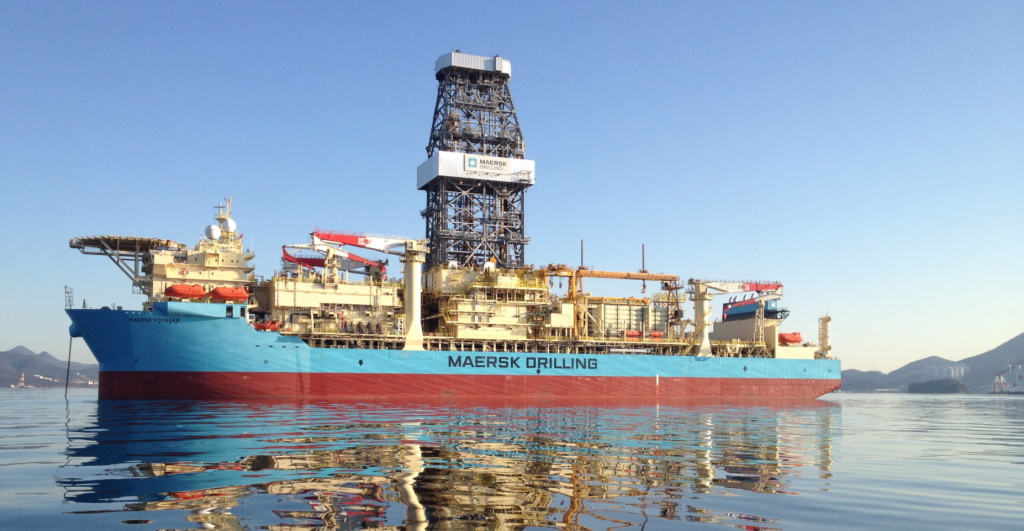
OFFICIAL: co-venturers on Block 2913b confirm Venus discovery offshore Namibia
TotalEnergies, who has a 40% operated interest in block 2913b within Petroleum Exploration Licence (PEL) 56, has confirmed that it has made a major light oil discovery at the Venus-1X well. The discovery was also officially confirmed this morning by its co-venturers Impact Oil & Gas and Namibia’s state-owned oil company NAMCOR. Venus was one of the most anticipated well in the world last year and was spudded in December 2021. Rumours have been circulating for a week now that a massive discovery has been made, with a potential find of well over 1 billion barrels of oil equivalent. While no official confirmation has been given yet on the size of the discovery, Impact Oil & Gas has announced that the find contains light oil and associated gas and constitutes a world-class discovery that exceeded pre-drill expectations. ““A comprehensive coring and logging program has been completed and will enable the preparation of appraisal operations designed to assess the commerciality of this discovery,” said Kevin McLachlan, Senior Vice President Exploration at TotalEnergies. The discovery lies in the deep-waters of the Orange Basin in southern Namibia, where Shell also announced this month an oil discovery at the Graff-1 well on PEL 39. “The Venus well was drilled to a total depth of 6,296 metres by the Maersk Voyager drillship, and encountered a high-quality, light oil-bearing sandstone reservoir of Lower Cretaceous age, with 84 metres of net oil pay,” Impact Oil & Gas said. Block 2913b is operated by TotalEnergies EP Namibia B.V (40%) along with its partners QatarEnergy (30%), Impact Oil and Gas Namibia (20%), and Namcor (10%). Details on the block are available in the Hawilti+ research terminal.
Read more »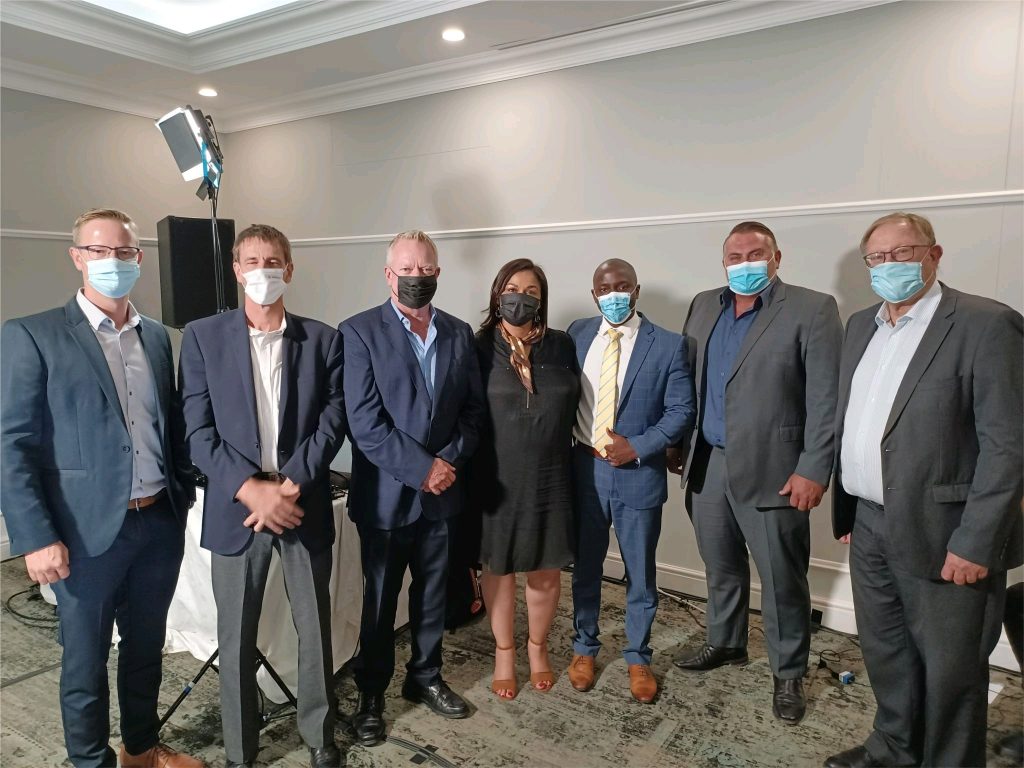
Namibia: O&L and CMB.TECH target first hydrogen by 2023
On Tuesday this week, Namibia’s Ohlthaver & List (O&L) Group and Belgium’s CMB.TECH have announced Namibia’s first green hydrogen production plant in the country’s Erongo region, west of Windhoek. The project will serve as a demonstration hub for hydrogen applications and is expected to start operating in 2023. “Depending on the results of the demonstration plant, a larger scale production plant will follow in a second phase, possibly using ammonia as transport fuel,” CMB.TECH said in a statement. Cleanergy Namibia, the joint-venture set up by both companies, aims to produce green hydrogen from solar power and for distribution to heavy-duty applications like trucks, locomotives, mining equipment and ships.
Read more »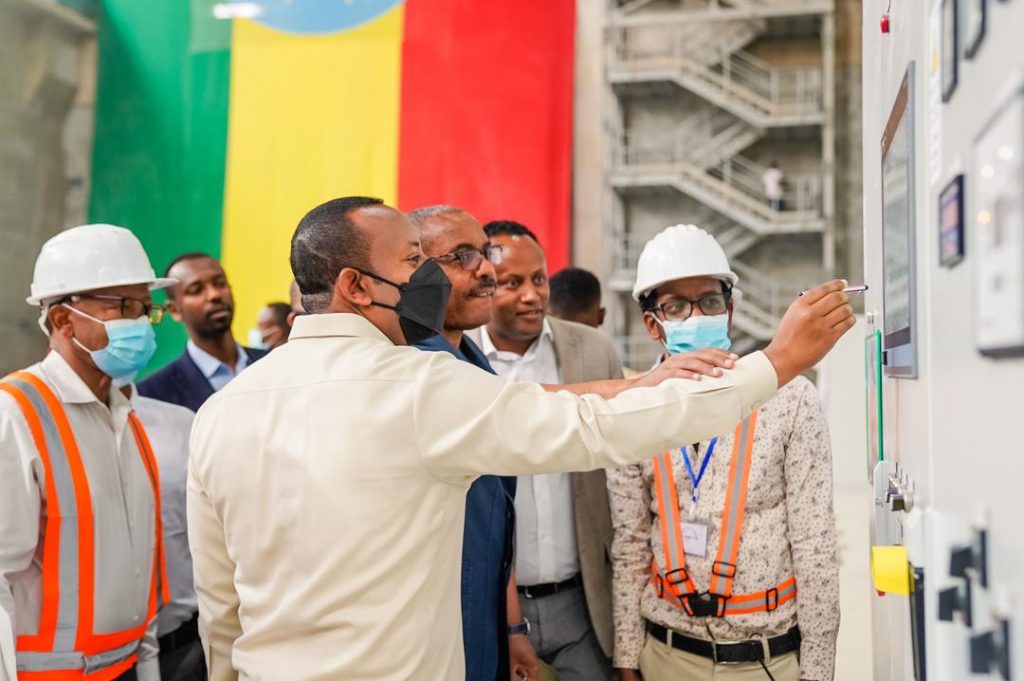
First turbine comes online at Grand Ethiopian Renaissance Dam
On Sunday, Ethiopian Prime Minister Abiy Ahmed presided over a ceremony that marked the start of power generation at the Grand Ethiopian Renaissance Dam’s first turbine (375 MW). The 6,000 MW hydroelectric station is Africa’s biggest and most controversial and has been in construction for about a decade. The multi-billion dollar mega-dam was built on the Blue Nile, where most of the waters that flow into the Nile River in Sudan and Egypt originates. While two key treaties were signed in 1929 and 1959 on the use of the Nile waters, Ethiopia was not part of it and went ahead with the development of the project in 2011. The dam is 1.8km-long and 155m-high with total volume of 10.4 million m3, making it the biggest dam in Africa and one of the largest in the world. Initially scheduled for completion in 2018, the dam’s construction was delayed due to poor execution of works by METEC, which was taken off the project and replaced by new contractors in 2019.
Read more »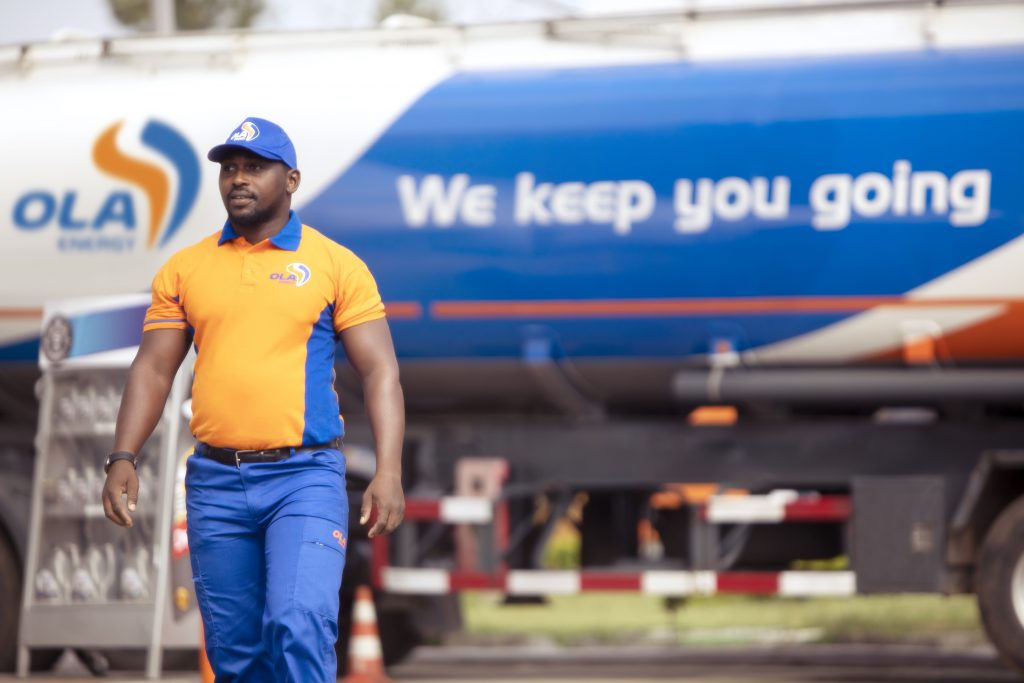
Africa’s petroleum retail sector to undergo more M&A activity
As Africa’s petroleum retailers seek to achieve better economies of scale, the sector will continue to experience mergers and acquisitions (M&A) activity in coming years, according to a new study by pan-African investment research agency Hawilti. Challenging operating and regulatory environments in Africa have already led to the exit of most major international oil marketing companies, to the benefit of national and regional actors. But additional consolidation is expected, especially around a few well-established companies. Four players in particular known as “The Big 4” are emerging as leaders in the marketing and distribution of petroleum products on the continent: TotalEnergies, Vivo Energy, Engen and OLA Energy. Together, these companies are increasingly shaping up supply and distribution dynamics on the continent as consumption rises. Meanwhile, the sector’s operating environment continues to be marked by several trends that will affect performances and strategies moving forward. A major one, particular to Africa, is the small size of the continent’s refining industry. Small, old and uncommercial refining facilities continue to make most African markets net importers of petroleum products. While Africa’s refining capacity stagnates, the continent’s demand and consumption for petroleum products keeps increasing at some of the world’s fastest rates, which in turn affect supply dynamics for oil marketers and the demand for storage infrastructure. The second major trend affecting the sector is that of decarbonisation. Oil marketers are increasingly embracing sustainability, leading to the diversification of the energy supplied to African retail and commercial customers. Beyond the ongoing solarisation of several retail stations on the continent, oil marketers are also diversifying their offering to offer clean energy products and hybrid solutions to their commercial clients. Natural gas products, especially LPG and CNG, are notably expected to witness to most significant growth in Africa during the 2020 – 2030 decade. The demand for clean cooking fuels in Africa is notably growing by double-digit figures as governments incentivise the switch to clean cooking for public health and environmental reasons. Titled “Petroleum Products’ Distribution in Africa: the Emergence of the Big 4,” the report is now available for all users of the Hawilti+ research terminal.
Read more »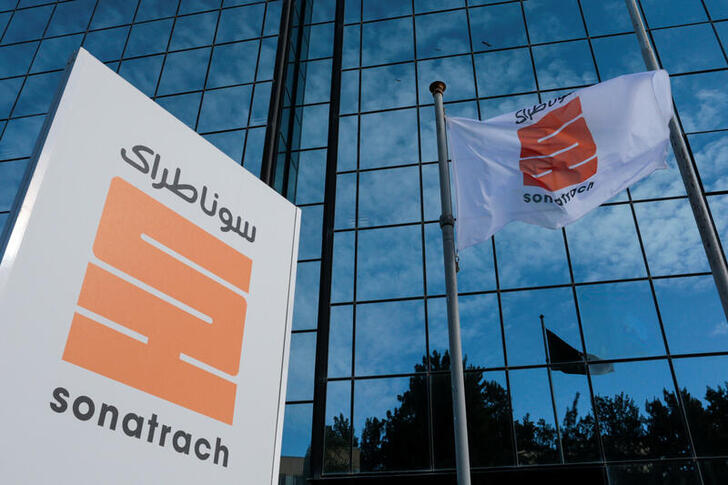
Algeria’s national oil company renews onshore PSC in Niger
SONATRACH International (SIPEX BVI), the international subsidiary of the Algerian national oil company, has recently renewed its onshore production sharing contract (PSC) in Niger. On February 4th, it signed in Niamey the updated PSC for its Kafra Block. The initial PSC was signed in 2015 and led to the successful drilling of two exploratory wells. KFR-1, drilled in 2018, notably discovered 168m barrels of heavy crude oil (2P). A year later, KFRN-1 discovered another 400m barrels of paraffin-rich reserves (waxy oil). Following several analyses, SONATRACH mentioned that current updated liquids volumes were estimated at 100m barrels in place (2P).
Read more »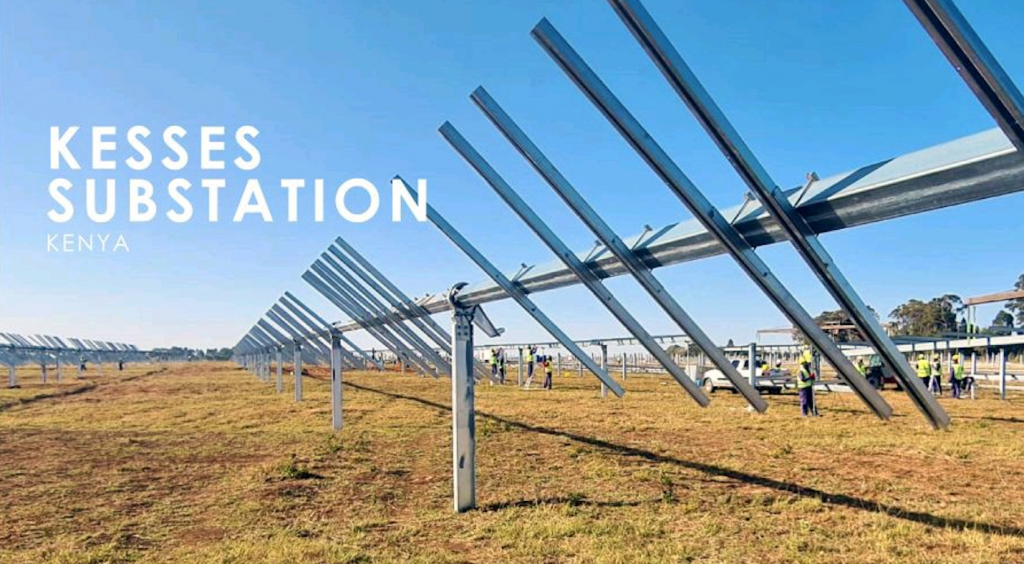
Kenya’s 40 MW Kesses 1 solar PV facility expected online in Q2 2022
In Kenya, Alten Energías Renovables is expected to commission its 40 MW Kesses 1 solar PV plant in the spring this year. The company is currently constructing the facility outside of Eldoret in Kenya. It is located only 1km away from the existing Eldosol and Radiant solar plants of Frontier Energy, each equipped with a solar power generation capacity of 40 MW. Together, they form what is known as the Eldoret Solar City, and one of sub-Saharan Africa’s biggest solar complexes. Kesses 1 is notably financed by the Standard Bank of South Africa and the Emerging Africa Infrastructure Fund (EAIF), part of the Private Infrastructure Development Group (PIDG). Standard Bank is supplying $41 million in debt comprising a term loan, VAT and Debt Service Reserve facility. Meanwhile, the EAIF is providing a US$35 million loan over a 15-year term. “The first part of the loan was disbursed to Alten Kenya Solarfarms BV (Alten), the Kenyan business of the Alten Group, in late December 2021,” the EAIF said in a statement last week. Kesses 1 is being developed in parallel with the 50 MW Kopere Solar PV Plant located 60km away, as both projects are executed by the same contractor, Voltalia. Full details on the solar power plants within Kenya’s Eldoret Solar City are available in the “Projects” section within your Hawilti+ research terminal.
Read more »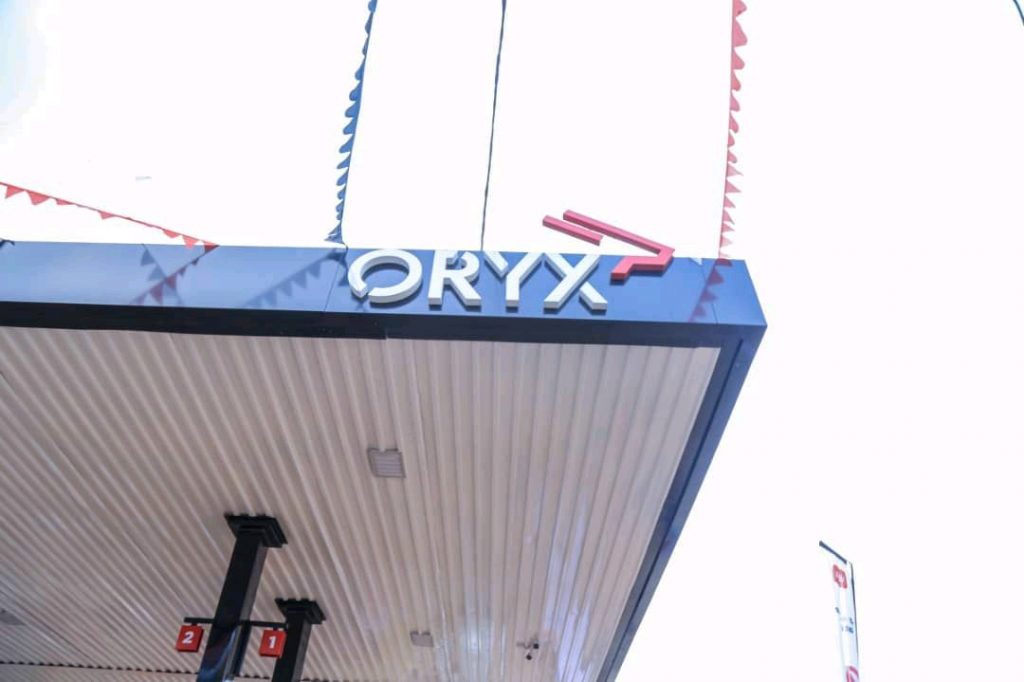
Oryx Energies acquires part Sonacop’s retail network in Benin
Oryx Energies, a provider of energy products and services in Africa, has announced it has taken over part of the retail network of Benin’s national company for the commercialization of petroleum products, Sonacop. As part of the transaction, Oryx Energies Benin has taken over 63 of Sonacop’s service stations. The execution of the new Oryx brand started on five of these at the end of January 2022.
Read more »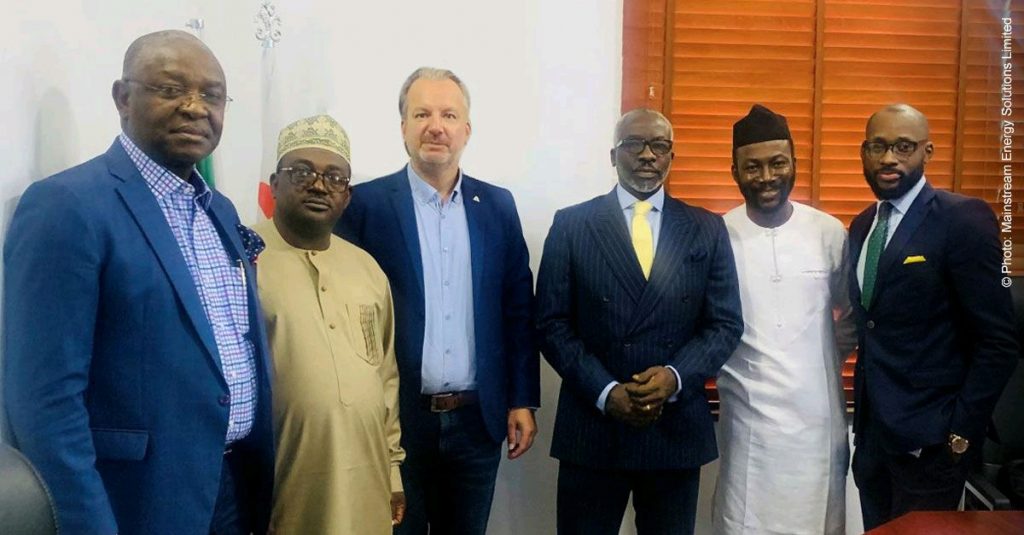
ANDRITZ selected once again for new unit at Jebba hydropower plant
ANDRITZ has announced today it received another order from Nigerian private power generating company Mainstream Energy Solutions (MESL) for the modernization of unit 2G5 at the 578.4 MW Jebba hydroelectric station in Nigeria. ANDRITZ was the original manufacturer for all six fixed blade (propeller) type runners at the hydropower plant, which was commissioned back in the 1980s. The technology group is now working with MESL on a general rehabilitation programme to extend Jebba’s life for the next 40 years and improve the plant’s reliability. In 2021, it had already been awarded a contract for the rehabilitation and life extension of unit 2G6. Jebba is one of two key hydroelectric stations that were privatized and are now operated by MESL under a Concession Agreement. The other facility, Kainji, is also undergoing rehabilitation and expansion. In December last year, MESL selected the Power China Huadong Engineering Corporation for rehabilitation works there, covering the rehabilitation of the Unit 1G9 (80 MW) and the installation of units 1G3 and 1G4 (110 MW each). Full details on the 760 MW Kainji hydropower plant and the 578.4 MW Jebba hydropower plant in Nigeria are available in the “Projects” section within your Hawilti+ research terminal.
Read more »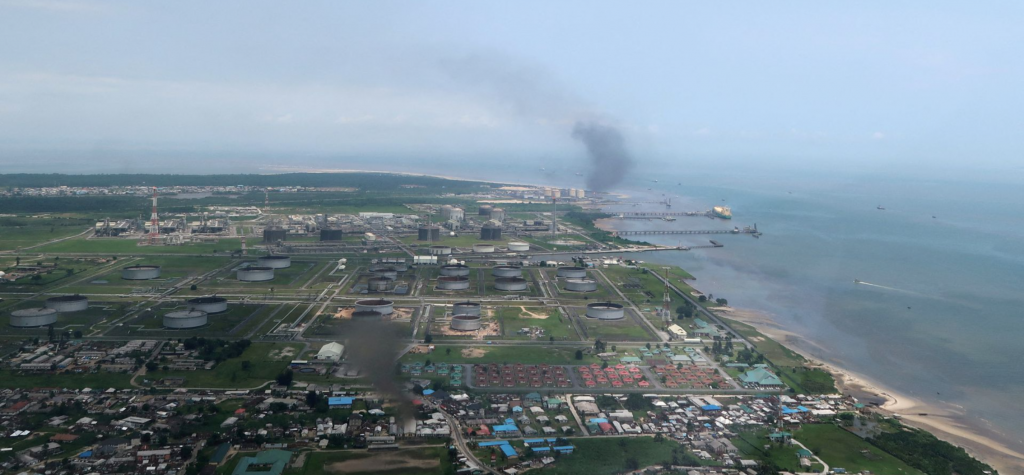
Strong production performance from Shell brings Nigerian oil production back up
Nigeria’s oil and condensate production was up +14% Month-over-Month (MoM) between December and January, latest data from the Nigerian Upstream Petroleum Regulatory Commission (NUPRC) shows. Oil production only was up about +17% and reached almost 1.4 million barrels of oil per day (bopd) at the start of the year. This is a level Nigeria had not seen since early 2021. Source: NUPRC Shell’s infrastructure was responsible for producing and handling 86% of the additional 6.2 million barrels produced in Nigeria between December and January. Notable MoM gains were registered at both oil export terminals operated by Shell, including Bonny (+68.6%) and Forcados (+62.6%). Oil output from the Forcados terminal notably reached a 2-year high last month. But performances also improved at two of the FPSOs that Shell operates in the country: Sea Eagle (+79.7%) and Bonga (+21%). Additional gains were also registered at Eni’s Brass terminal (+21.2%), TotalEnergies’ Odudu-Amenam hub (+20%) and First E&P’s FPSO Abigail-Joseph (+25%). Nigeria has struggle for the whole of 2021 to increase production because of a lack of investment and continued crude theft and vandalism on its infrastructure. In February and March, its allocated production quotas from OPEC are set at 1.701 million and 1.718 million bopd respectively.
Read more »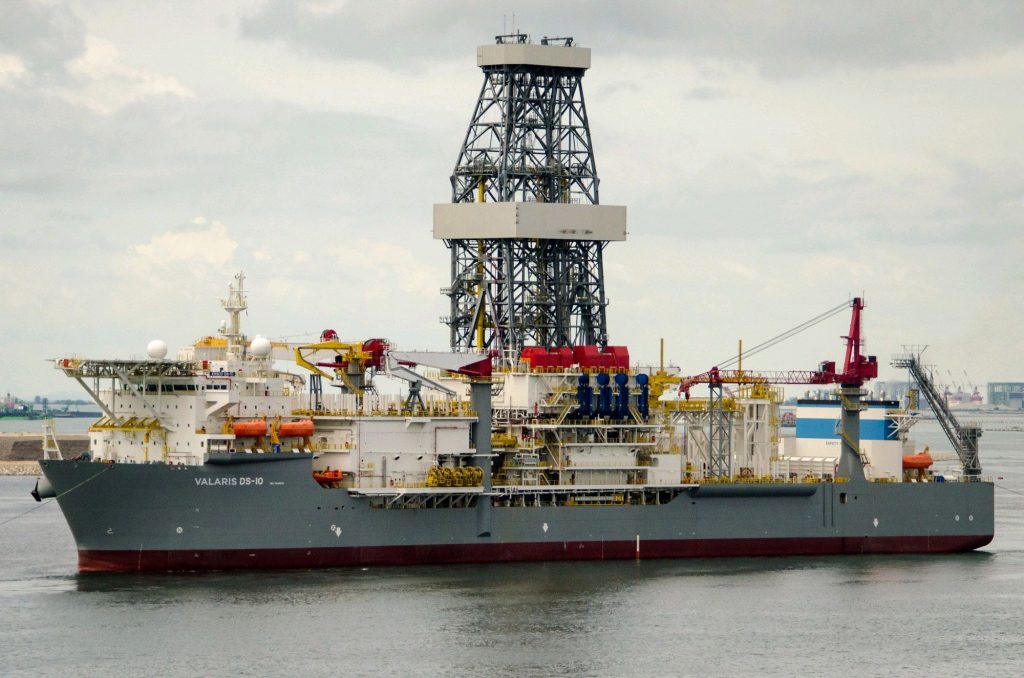
Official: Shell discovers working petroleum system offshore Namibia
After weeks of speculation, Namibia’s national oil company NAMCOR has confirmed that Shell made a light oil discovery at the Graff-1 well on the PEL-39 license in the Orange Basin. The block is operated by Shell with a 45% interest along with QatarEnergy (45%) and NAMCOR (10%). The Graff-1 deep-water well was drilled to a total depth of 5,376 meters in water depths of approximately 2,000 meters, between December 2021 and February 2022. “The partners will conduct analysis on the well data and further exploration activity to determine the full size and recoverable resource potential,” QatarEnergy said, indicating that a second exploratory well might be on the table in the near future. “In the coming months, we will perform extensive laboratory analyses to gain a better understanding of the reservoir quality and potential flow rates achievable,” NAMCOR added in a statement. The discovery is encouraging news for TotalEnergies, who is drilling the Venus-1X well nearby, and for Eco Atlantic Oil & Gas who expects to spud the Gazania-1 well in the same basin this year but in South Africa. More on ongoing exploration activity in the Orange Basin can be found within Hawilti’s quarterly sector watch on Sub-Saharan African Exploration, available within the Hawilti+ research terminal.
Read more »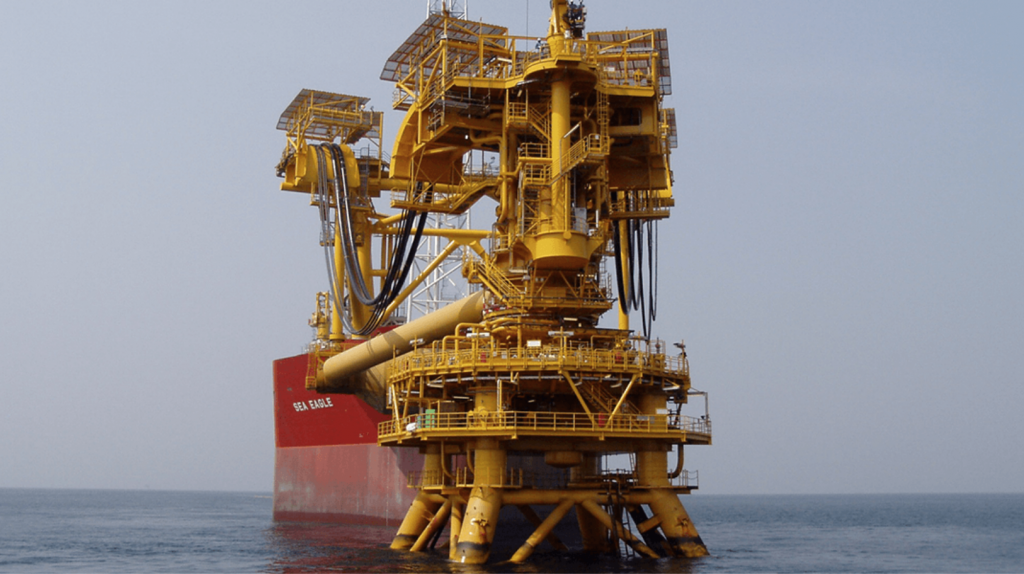
Shell loses half of its African oil & gas output in only two years
Shell’s production of liquids and natural gas in Africa has been halved in only two years. The major closed 2021 with a liquids production of only 89,000 barrels per day (bpd) from the continent, compared with 183,000 bpd at the start of 2020. Similarly, its African production of natural gas was down to 448 MMscfd in Q4 2021 compared with 784 MMscfd in Q1 2020. Source: Shell quarterly earning results A Focus on African Offshore Only The data represents output volumes for both Nigeria and Egypt, where Shell is currently rationalizing its portfolio. In Egypt, it sold its onshore upstream assets in the Western Desert to a consortium of Cheiron Petroleum Corp. and Cairn Energy in September 2021 for $646m. Meanwhile, it also recently acquired seven new offshore concessions in the West Mediterranean, the Red Sea and the West Nile Delta. Shell’s strategy to exit onshore assets and focus on offshore projects also applies to Nigeria. The company is currently selling its 30% interest in the Shell Petroleum Development Co. joint-venture (SPDC JV). The JV still operates as many as 19 onshore and shallow-water licences, where Shell’s interest represented 60,000 barrels per day (bpd) of liquids and 484MMscfd of gas at the end of 2020. A Decreasing Pipeline of pre-FID African Projects Moving forward, Shell will be focusing only on African LNG projects or deep-water development projects with attractive economics. And their number is limited. In Nigeria, it holds a 26% interest in Nigeria LNG where the already delayed Train 7 project will be adding another 7.6 million tonnes per annum (mtpa) of liquefaction capacity to the Bonny Island LNG export terminal. Related to Train 7 is Shell’s HI Development on OML 144 where it has a 40% interest. HI is expected to produce 75,000 barrels of oil equivalent per day (boepd) and be a major supplier of feedstock to Train 7 once commissioned in the middle of this decade. Finally, Shell confirmed once again in its Q4 2021 earnings results that it continues to explore a few pre-FID options for the further development of its deep-water Bonga asset on OML 118. The PSC for the block was renewed in 2021. As a result, the major continues to study the Bonga Main Life Extension & Upgrade project with a projected peak production of 60,000 boepd and the Bonga North Tranche 1 subsea tie-back project with a projected peak production of 120,000 boepd. Both projects remain attractive because of their ability to add significant production volumes from the existing Bonga FPSO. However, the Bonga South-West/Aparo project, which plans to utilise a brand new FPSO with a capacity of 150,000 bopd, is delayed. Shell recently put the bidding process on hold for the project. While it continues to accept open bids, the major has declared it would not be proceeding with the development in the immediate future.
Read more »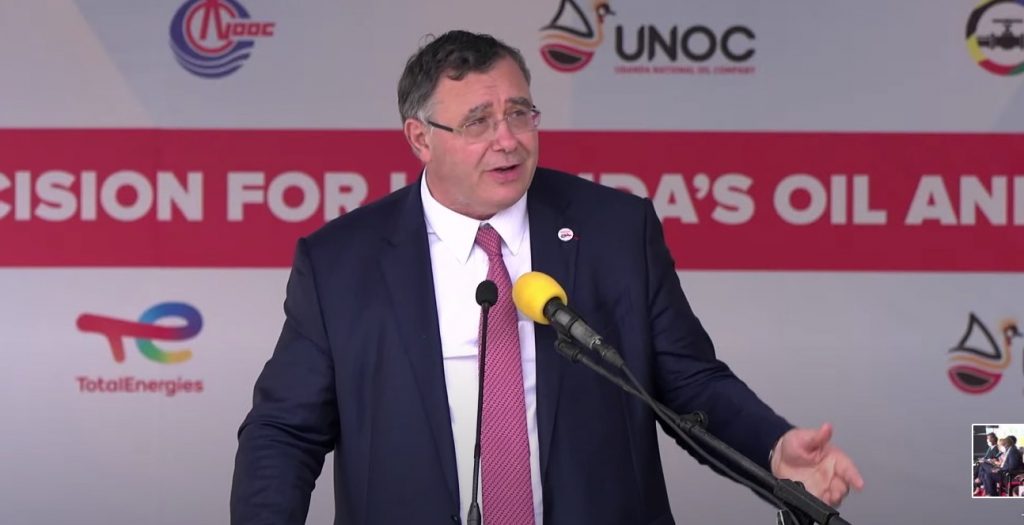
TotalEnergies takes FID on $10bn of oil projects in Uganda, 16 years after first discovery
TotalEnergies, CNOOC and the Uganda National Oil Co. have taken a final investment decision (FID) today on the development of onshore oilfields around the Lake Albert in Uganda, and a massive export pipeline to Tanzania. The first discovery was made in January 2006 by Hardman Resources at the Mputa-1 well. Since then, over 1.4bn barrels of recoverable oil have been proven in the area. However, repeated tax disputes with the Government of Uganda and lack of refining and export infrastructure constantly delayed their development. The project was put back on the table only in April 2020 when authorities agreed the sale of TullowOil’s entire assets in Uganda to TotalEnergies for $575m. This sale was officially completed in November 2020, making TotalEnergies operator of most discoveries and finally paving the way for a final investment decision (FID). TotalEnergies is now operator of the Tilenga oil project, where first oil is expected in 2025 with a peak production projected at 190,000 barrels of oil per day (bopd). The Tilenga project covers six oil fields within Contract Area CA1, License Area LA-2 (North) and Exploration Area EA-1A, all located within the Albertine Graben in Western Uganda. Plans for the project include the drilling of 426 wells from 31 well pad locations, supported by a network of underground pipelines to collect oil production and transport it to a 200,000 bopd central processing facility (CPF) built within the planned Industrial Area in the Buliisa District. Once treated at the CPF, oil will be exported via the 1,443 km East African Crude Oil Pipeline (EACOP) that will terminate at an oil depot and an offshore loading terminal in Tanga, Tanzania. On its side, CNOOC is operator of the Kingfisher oil project with a projected peak output of 40,000 bopd. Advancing the project’s low-cost and low emissions, TotalEnergies was able to fast-track the FID and get it approved less than two years after it acquired its operated interest from TullowOil. “The design of the facilities incorporates several measures to limit greenhouse gas emissions well below 20 kg CO2eq/boe, including the extraction of Liquefied Petroleum Gas (LPG) for use in regional markets as a substitute for burning biomass, and the solarization of the EACOP pipeline,” the company said in a statement. In parallel, the Government of Uganda is also hoping to build a 60,000 bpd refinery on site to process its domestic crude. The Project Framework Agreement was signed with the consortium comprising YAATRA, BHGE, LionWorks, and Saipem in 2018 to develop, finance, construct and operate the greenfield oil refinery. Full details on the Tilenga Oil Project and the EACOP pipeline project are available in the “Projects” section within your Hawilti+ research terminal.
Read more »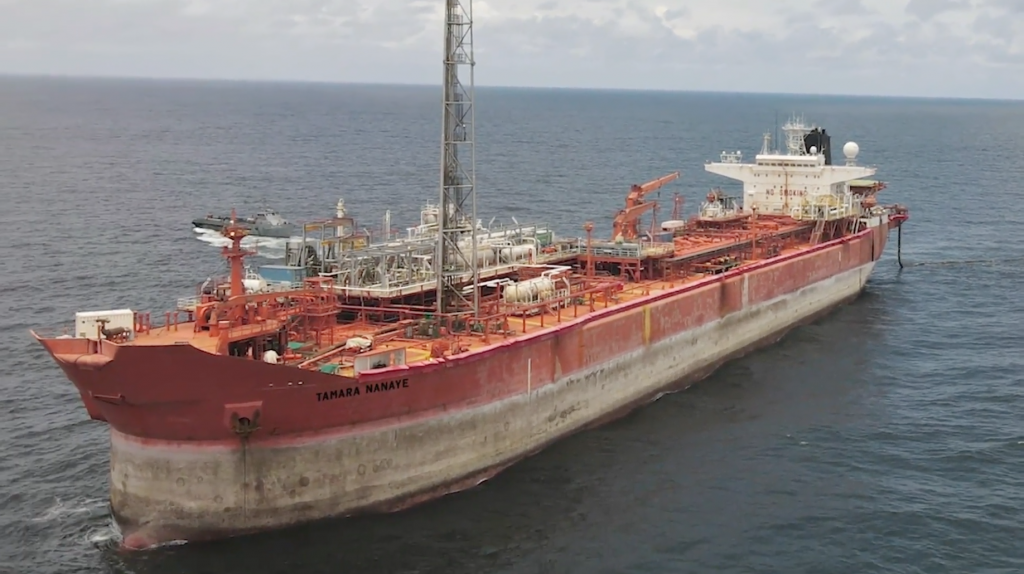
OML 113 transferred to new operating vehicle as partners prepare for gas redevelopment offshore Lagos
After two years of delay, the Nigerian authorities have finally approved PetroNor’s acquisition of Panoro Energy’s subsidiaries in Nigeria, Pan-Petroleum Services Holding BV and Pan-Petroleum Nigeria Holding. The deal was initially inked in October 2019 and had been awaiting government consent since then. Through this acquisition, PetroNor is acquiring Pan Petroleum Aje Ltd, which holds a 6.502% participating interest and 16.255% cost bearing interest in OML 113. This represents a total economic interest of 12.1913% in the license that contains the Aje field offshore Lagos, which produced oil from 2016 to 2021 via the Tamara Nanaye FPSO. Source: DRPC/NUPRC Along with the completion of the acquisition, the Nigeria Upstream Petroleum Regulatory Commission (NUPRC) has also given consent for the transfer of OML 113 to Aje Petroleum AS, a special purpose vehicle owned by Yinka Folawiyo Petroleum (YFP, 55%) and PetroNor (45%). Under the deal, PetroNor will serve as the new technical operator for the redevelopment of Aje into a gas project, on behalf of YFP. The Field Development Plan (FDP) for the new Turonian Aje gas project on OML 113 aims at increasing production to 15,000 barrels of oil equivalent per day (boepd) via the drilling of two new gas producers and one oil producer. It is notably being planned along with the replacement of the Tamara Nanaye FPSO with a new unit able to process increased liquids production and up to 110 MMscfd of gas. This new FPSO could even become a regional field center since it is located around substantial proven resources such as Albian but especially Ogo, a world-class discovery on the neighbouring OPL 310 operated by Optimum Petroleum. The latest plans available had a projected production peak of 26,000 boepd in 2025, with most incremental production being made of gas reserved for power generation and exports through the nearby West Africa Gas Pipeline (WAGP), or supporting LNG production. The partners have set OPEX at about $30m a year, including FPSO bareboat, Operation & Maintenance and G&A. The project is currently at FEED stage and is expecting FID in 2022 at the earliest. Meanwhile, the Tamara Nanaye FPSO stopped producing from the Aje field in November 2021. Hawilti reported earlier this year on its research terminal that the vessel is being refurbished before redeployment at the Kalaekule field on OML 72. It will continue to be operated and maintained by Nigerian services conglomerate Century Group. Details on the development of OML 113 offshore Lagos are available in the “Projects” section within your Hawilti+ research terminal.
Read more »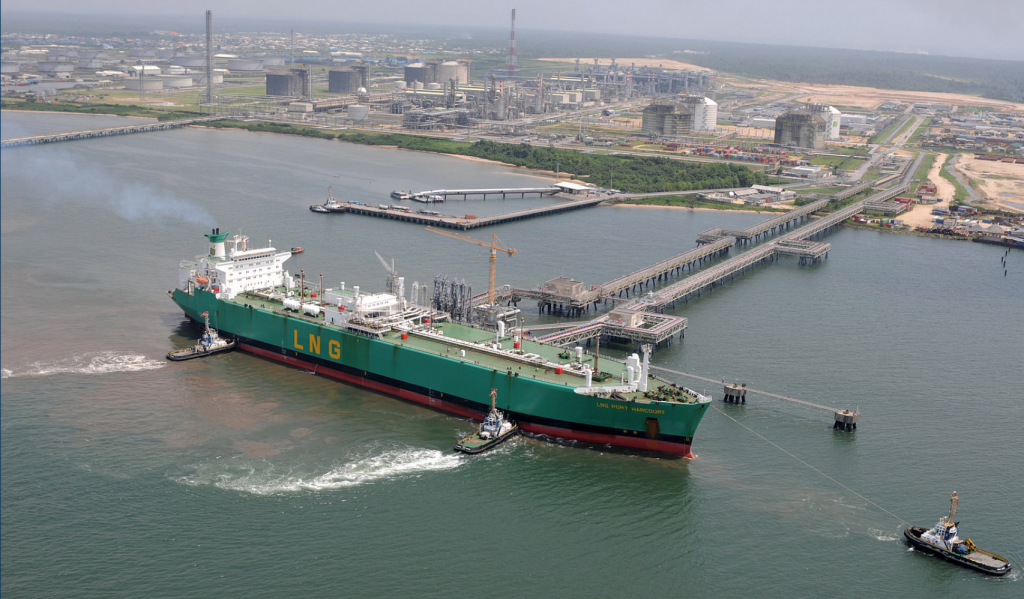
Nigeria LNG decides to allocate all its LPG supply to the Nigerian market amidst soaring prices
The board of Nigeria LNG (NLNG) approved yesterday the supply of its entire production of propane and butane to the Nigerian market. In September 2019, the company had already decided to increase its domestic LPG supplies from 350,000 tonnes to 450,000 tonnes per year from 2021 onwards. Last year, NLNG’s supplies reached about 400,000 tonnes. A few months ago, Nigeria LNG also supplied its first propane cargo into Nigeria. According to the company, it has developed a scheme to sustainably supply propane for usage in cooking gas blending as well as in agro-allied, autogas, power and petrochemical sectors. Until now, it had only supplied butane cargoes, with initial deliveries starting back in 2007. “These initiatives are designed to increase LPG availability in Nigeria, diversifying its uses and support the Federal Government’s Decade of Gas initiative,” Nigeria LNG said in a statement. The supply and consumption of cooking gas (or LPG) in Nigeria has witnessed a compound annual growth rate (CAGR) of over 20% for several years. As a result, the market successfully absorbed a record of over 1 million metric tonnes (MMT) of LPG in 2020. The government is hoping to reach 5 MMT by 2030. However, soaring global gas prices in 2021 have limited the growth of the sector in a country where over half of LPG supplies are met by imports. As a result of current market conditions, most Nigerians cannot afford cooking gas anymore and are going back to burning wood or using biomass fuels. As a result, supply grew only very modestly last year and did not go much higher than the 1 MMT threshold. To make LPG more affordable, the Nigerian government is incentivizing the growth in local production. A 7.5% VAT was imposed on imported LPG last year despite strong opposition from the industry. However, only a significant rise in domestic output could help offset external vulnerabilities, and hopes are that the full allocation of Nigeria LNG’s production to the domestic market could contribute to bring prices down.
Read more »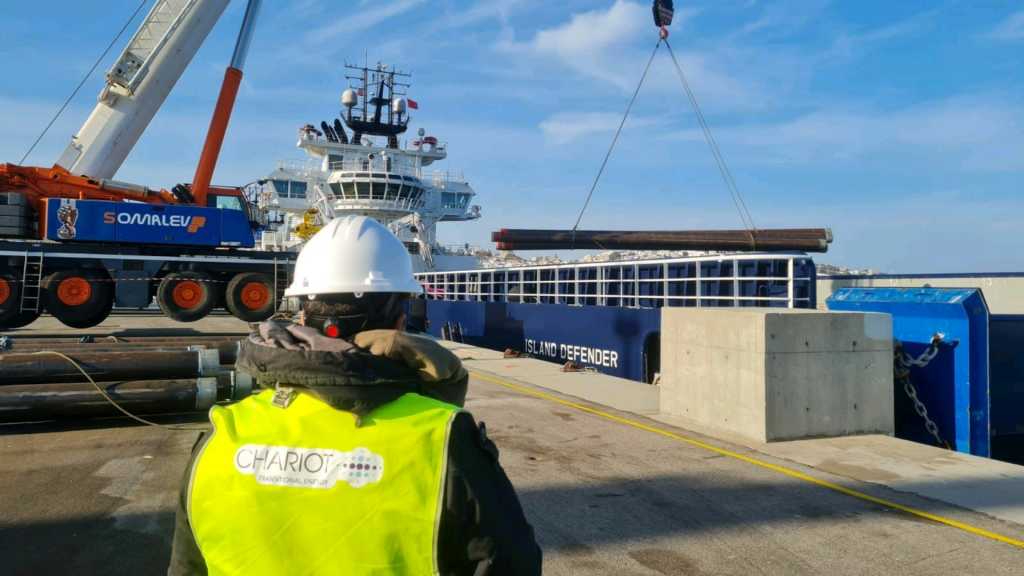
Chariot announces significant gas discovery at Anchois-2 offshore Morocco
AIM-listed Chariot has confirmed the presence of significant gas accumulations in the appraisal and exploration objectives of its Anchois-2 well within its Lixius License offshore Morocco. Preliminary interpretation of the data has identified a calculated net gas pay totaling over 100m (compared with 55m at Anchois-1). At Anchois-2’s appraisal target, a continuation of a reservoir drilled by Anchois-1, the Gas Sand B notably has a calculated total net gas pay of over 50m in two stacked reservoirs of similar thickness. At the well’s exploration targets, Gas Sands C, M and O were successfully encountered with multiple gas-bearing intervals, Chariot has said. This new significant gas discovery will help to expand the Anchois gas field and possibly expand the scale of its gas development in the future. It also significantly de-risks additional exploration prospects within the license area. Chariot has been operator of the Lixius License since 2019 with a 75% interest. The block was previously known as the Tanger-Larache permit and already included the Anchois-1 discovery made by Repsol in 2009. Anchois’s first phase of development is expected to include the drilling of four production wells tied into a subsea manifold, along with the installation of a 14in-diameter, 40km subsea flowline with control umbilical to the subsea manifold, construction of a 53 MMscfd onshore central processing facility (CPF) for exporting gas, and a 14in-diameter onshore pipeline for gas export. In October 2021, Chariot signed a Memorandum of Understanding (MoU) with a leading international energy group agreeing on the key terms of gas offtake from Anchois. Under the Mou, the key terms of the future gas sales agreements will be for c.40 MMscfd, for up to 20 years on a take or pay basis. The phase two development plan is expected to involve additional wells to tie-in the Anchois W, Anchois WSW and Anchois SW areas of the field into the subsea manifold. It will be financed using the cashflow generated from first phase production. Details on the Anchois Gas Development are available in the “Projects” section within your Hawilti+ research terminal.
Read more »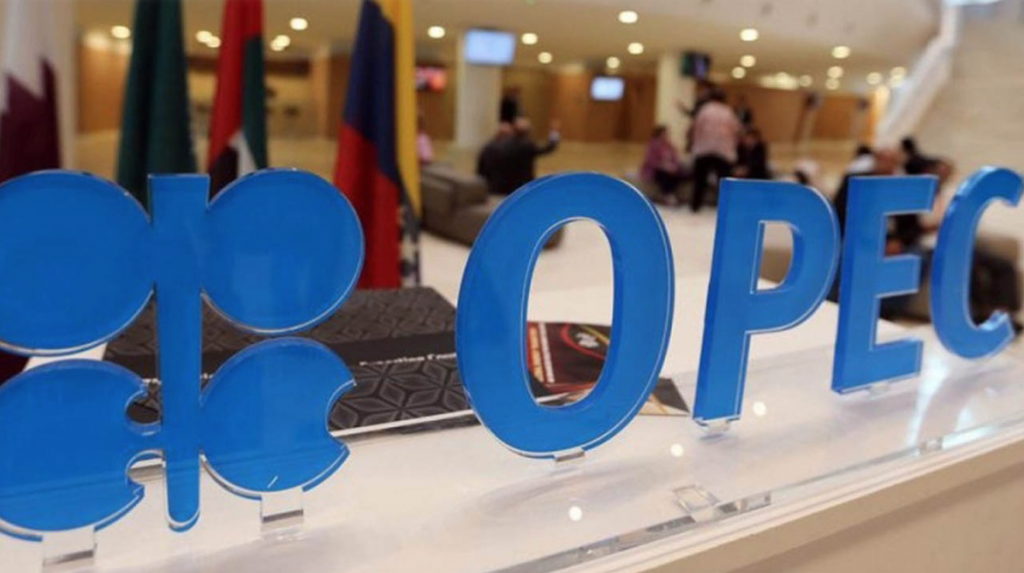
OPEC+ maintains decision to increase output by 400,000 bopd in February
Without much surprise, the Organisation of Petroleum Exporting Countries (OPEC) and its alliance known as OPEC+ has decided to stick to its plan to add 400,000 barrels of oil per day (bopd) next month. The group has raised its output target each month since August 2021 by 400,000 bopd. The decision to stick to the production adjustment plan follows OPEC’s expectations that the Omicron variant of the coronavirus will have a short-lived impact on global energy demand. Under such monthly adjustments, OPEC is steadily unwinding its record production cuts of 10 million bopd that were imposed in 2020 to save oil prices. Source: OPEC The next meeting of OPEC+ is scheduled to be held on February 2, when the group is expected to decide production levels for March.
Read more »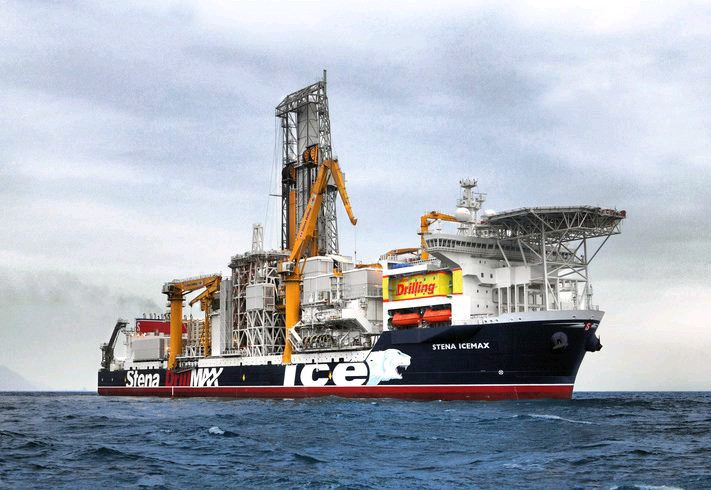
The Gambia: “no moveable oil” at Bambo-1 despite oil shows
Australian independent FAR has announced that its Bambo-1X exploratory well offshore The Gambia did not interpret any moveable oil despite encountering good oil shows. The well was drilled to a total depth of 3317 metres MDBRT within Block A2 just south of Senegal’s Sangomar oil field. FAR is operator of the A2 license with a 50% interest. Drilling consisted in the Bambo-1 well, which was plugged and followed by the Bambo-1ST1 well. The well targeted three key prospects: Soloo, Bambo and Soloo Deep with resources estimated at a maximum of 1.118 billion barrels and chances of success ranging between 7% to 37%. “The drilling and logging data obtained on the main well and the side-track well indicates that several target intervals in the well had oil shows, confirming a prolific oil source is present in the area,” FAR said. While results are encouraging for future exploration campaigns, they remain a disappointment for FAR’s short-term prospects. The company went into default in early 2021, forcing it to sell its entire 15% interest in the Sangomar offshore oil project (RSSD joint-venture) in Senegal to Woodside Energy. A successful discovery at Bambo would have allowed FAR to enter development stage and continue to be part of the MSGBC Basin’s ongoing success story. Details on the exploration of the A2 and A5 Blocks offshore The Gambia are available in the “Projects” section within your Hawilti+ research terminal.
Read more »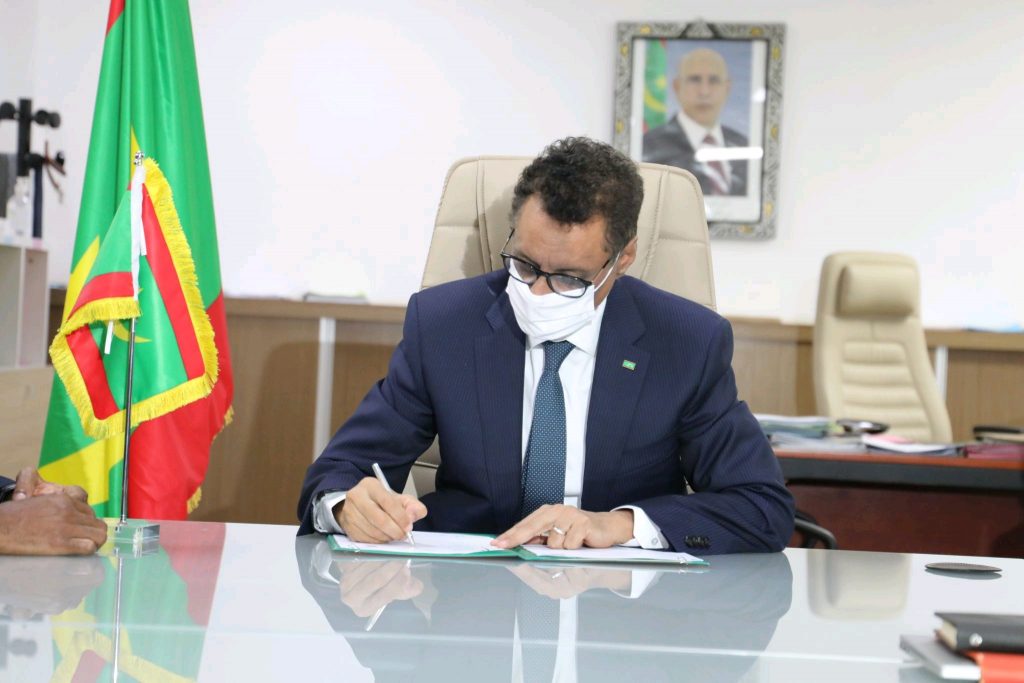
NFE Signs MoU With Mauritania for Fast LNG and Gas-to-Power Project
Earlier this week, New Fortress Energy executed a non-binding Memorandum of Understanding (MoU) with the Islamic Republic of Mauritania for the development of the offshore Banda gas reserves into a new energy hub. The project could be commissioned as early as 2024 and would entail the production of natural gas, power, liquefied natural gas (LNG) and blue ammonia for the domestic and export markets. The Banda gas field was discovered by Woodside Energy back in 2002 but was never developed. Reserves are located 60km offshore Nouakchott and are estimated at 1.2 Tcf. Until recently, Tullow Oil was the operating partner of the Banda and Tiof fields, and an equity partner in the Chinguetti oil field were production ceased at the end of 2017. Tullow Oil is currently decommissioning the Chinguetti field and is fully abandoning the Banda and Tiof fields, where five wells and two side-tracks were drilled. Under the MoU signed with the Ministry of Petroleum, Mines and Energy this week, New Fortress Energy will deploy its Fast LNG liquefaction technology to produce LNG for Mauritania’s domestic gas and power markets and for exports. Natural gas will notably be supplied to the existing 180 MW Nouakchott Nord thermal power plant owned by state-utility Somelec, along with a new 120 MW gas-to-power plant. Nouakchott Nord was commissioned in 2015 and relies on 12 turbines with a capacity of 15 MW each, able to run on heavy fuel oil or natural gas. By developing the Banda gas reserves, Mauritania expects to switch its biggest power plant to cleaner fuels while expanding its power generation infrastructure. “The memorandum paves the way for the launch of the necessary technical and commercial feasibility studies for the development of the field and the construction of the new power plant, as well as commercial negotiations to reach the project’s contractual framework, including the power purchase agreement,” said the Ministry of Petroleum, Mines and Energy on its website.
Read more »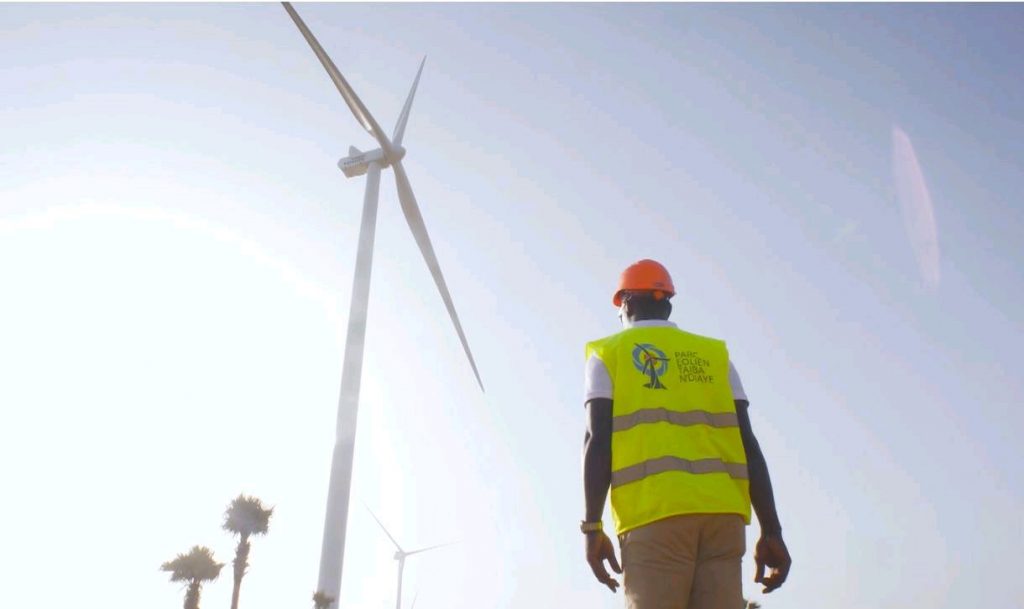
Lekela is studying the expansion of West Africa’s biggest wind farm
Lekela has announced the signature of a grant agreement with the United States International Development Finance Corporation (DFC) to fund a feasibility study for an extension of its Parc Eolien Taiba N’Diaye (PETN). The 158.8 MW wind farm started commercial operations in December 2019 and is West Africa’s biggest wind energy facility. “The feasibility study, which is expected to be completed within 15 months, will be jointly financed by Lekela and DFC. The study covers an area west of the existing wind farm and will consist of a wind measurement campaign, a network study, an environmental impact study and other on-site surveys,” Lekela said in a statement. In September 2020, Lekela had also been awarded a grant from the U.S. Trade and Development Agency (USTDA) to fund a feasibility study in partnership with state-utility Senelec for Senegal’s first grid-scale battery electric storage system at PETN wind farm. The initial Taiba Ndiaye wind power project already benefited from strong government support and financial backing, especially from the U.S. Government, Denmark’s Export Credit Agency and the World Bank. This allowed its quick development, and commissioning in late 2019. More importantly, the facility has a base tariff equivalent to $0.11/kWh, hence contributing to the reduction of electricity generation costs in Senegal, where prices can go as high as $0.30/kWh. Details on the Taiba Ndiaye Wind Farm are available in the “Projects” section within your Hawilti+ research terminal.
Read more »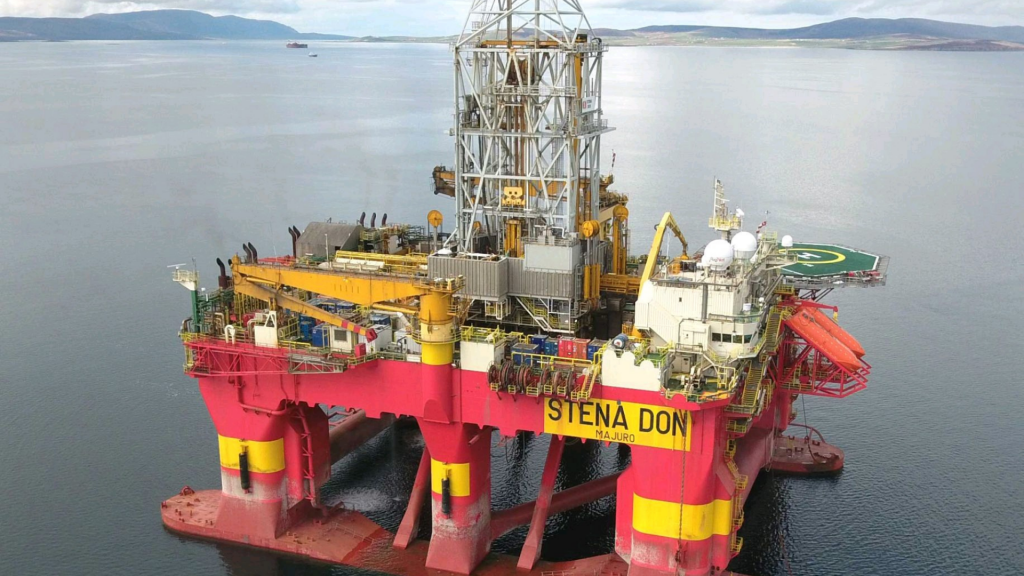
Chariot starts drilling offshore at Morocco’s flagship gas project
Chariot has announced today the commencement of drilling operations at its Lixus license offshore Morocco. The campaign will drill and complete the Anchois-2 gas appraisal and exploration well and re-enter the previously drilled Anchois-1 gas discovery well, with a view of fast-tracking the offshore gas development of Anchois. The Stena Don drilling rig is mobilized to carry out drilling operations. The Anchois gas field lies in water depths of 850m and was first discovered in 2009 by former operator Repsol. The field was then transferred to Chariot when the company was awarded the Lixius Offshore Licence in 2019. Back then, the Anchois-1 gas discovery had 307 billion cubic feet (Bcf) of 2C contingent resources offering near-term development opportunity and had identified a deeper potential not penetrated by the Anchois-1 well of 116 Bcf 2U prospective resource. Under the new licence’s commitment, Chariot reprocessed existing data which led to upgrading the total remaining recoverable resource to well over 1 trillion cubic feet (Tcf) of gas in 2020. Ongoing activities now target a final investment decision (FID) in 2022 to achieve first gas by 2024 with a production rate of 53 million standard cubic feet per day (MMscfd). Estimated capex required to bring the development online are currently anticipated to be in the region of $300-500m.
Read more »